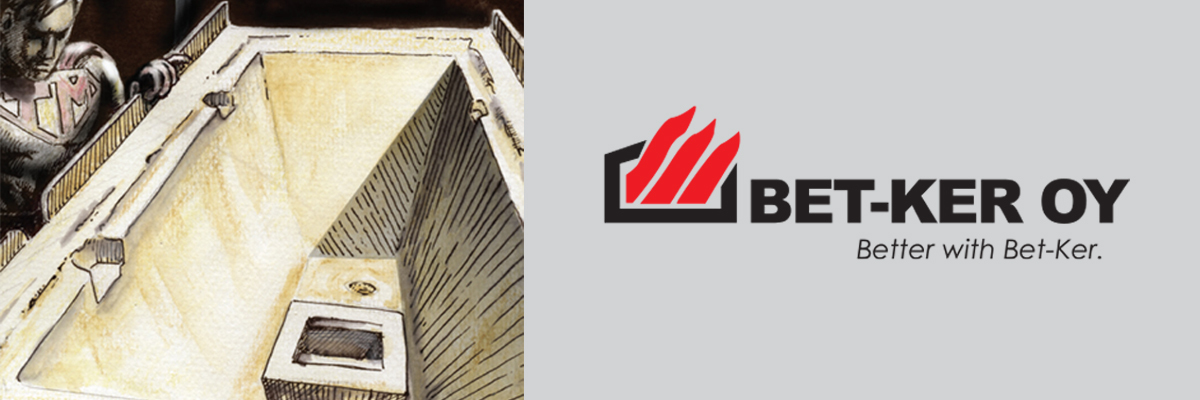Our client contacted us after noticing some waste of refractory materials in their tundish process. At their request, we launched a process development project with the goal of reducing the consumption of tundish coating/dry mix. Our mutual contract instructed each party to actively promote the shared goal.
Development of lining equipment and form
When analysing the tundish process, we noticed that both the application equipment and the form for the wear lining enabled the accumulation of a thick and, from the process perspective, even harmful layer of coating mass at the top of the form and on the bottom of the tundish. After developing the form in close cooperation with the client and carrying out the necessary adjustments in the application equipment, the consumption of the coating mass was reduced by up to 20%.
Significance of back lining practice
Next, we started monitoring the wear of the back lining and the resulting increase in the consumption of coating mass. We prepared 3D models of the back lining with varying ages and wear profiles to examine the growth of the volumes. Based on the growth of the volume and the coating mass consumption, we determined the optimal age for the back lining. After this, the client started a policy of systematically renewing the lining after reaching a certain casting threshold. The optimisation of the back lining age resulted in about 10% savings in the consumption of coating masses.
Benefits of customisation
As the result of the development project, our client’s consumption of coating mass was reduced by about 30%, which translates to several hundred thousands of kilos at an annual level. At the same time, the project helped develop the overall tundish process and the timing of the back lining casting while improving the air quality around the tundish section due to reduced dusting.
If you wish to develop your tundish process, please contact us!

